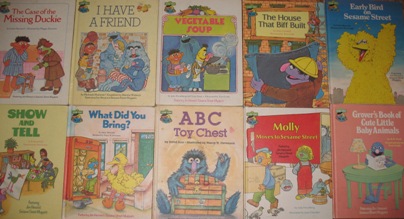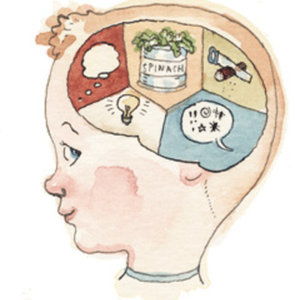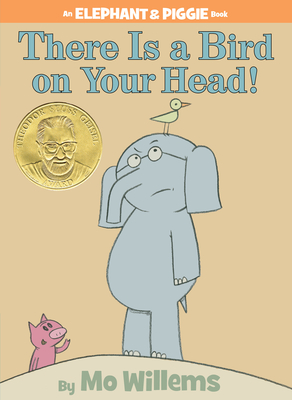I’ve made a lot of mistakes while trying to build a library for my daughter. I bought a lot of “classics” that I’d never read before, only to discover that neither my daughter nor I particularly enjoyed them. I purchased a big stack of 300-page Disney storybook collections from an outdoor Borders’ bargain table, thinking I was getting a deal, only to discover that being forced to read a barely literate retelling of Beauty and the Beast20 times in a row to a mildly-addicted 3-year-old just isn’t worth a 70% markdown. And I spent way too much time picking out titles that I personally found cheeky and clever rather than, you know, trying to figure out what a kid might actually like to read. I’ll totally admit it – mistakes were made. And I continue to make mistakes on an almost weekly basis.
But, every now and again, I lucked into making one or two tremendously awesome decisions – decisions for which I still occasionally pat myself on the back. At the top of that list is my decision to buy a whole lot of 1980s Sesame Street Book Club books on eBay.
Parents – you need to buy some of these titles for your kids. They’re perfect for children ages 2-5 (they make nice early readers for older readers too), they’re fun and engaging, they’re (for the most part) extremely well written, and, here’s the best part, they’re usually cheap. Honestly, you can normally find whole lots of Sesame Street Book Club titles on eBay at a cost of $1 to $2 per title (if not less). Any home library worth its salt is going to include some percentage of used books, and these books – both economically and creatively – are the deal of the century.
If you’re not familiar with the series, it’s probably because it’s been out-of-print for years. There isn’t a ton of information on the 1980s Sesame Street Book Club online – the best resource is this page on the Muppet Wikia, which does a fantastic job collecting information on the series. The very cool Dad Aesthetic blog also did a nice write-up of the series, summarizing it thusly:
The Sesame Street Book Club was a series of mail-order hard cover books for young readers released in the early 1980s. This collection of 62 books forms an excellent library of bedside reads for toddlers and young elementary students. The books cover a range of basic conceptual themes (The Sesame Street Circus of Opposites), vocabulary (Don’t Forget the Oatmeal!), math (The Count Counts a Party) and social skills (Molly Moves to Sesame Street). However, the observational and life-learning topics sit the best with my toddler. Those include Farley Goes to the Doctor, The Twiddlebugs’ Dream House, When I’m as Big as Freddie and The Case of the Missing Duckie. [read the rest of the post…]
{ 2 comments }



